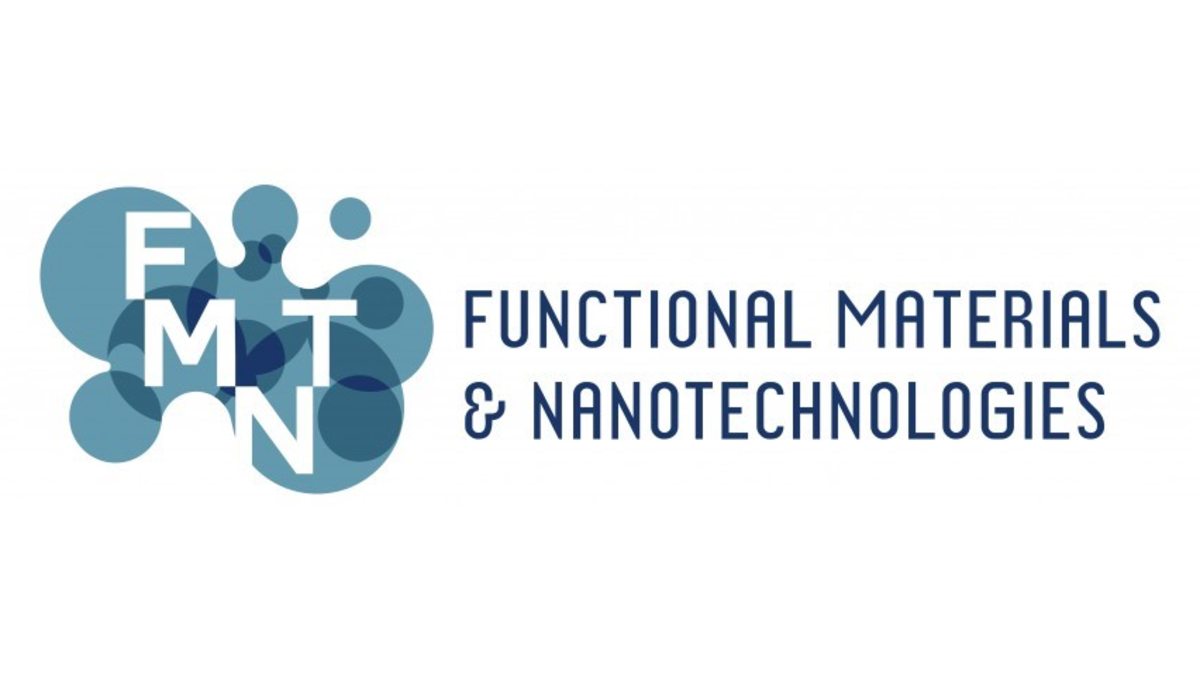
The long awaited 13th international Functional Materials and Nanotechnologies (FM&NT) conference marked a turning point in organization of this annual event as this time it was an entirely online conference. This year, scientists from 17 countries participated in the conference. Latvia had the largest number of participants, followed by Lithuania, Ukraine, Russia and Estonia. A total of 53 oral presentations were read and 113 poster presentation demonstrated. Latvia participated in the conference with great representation of scientists from our institute.
Organization of FM&NT-2020 was a challenge in many ways, but according to the leading researcher, Deputy Director for Science of the ISSP UL Dr.habil.phys. Andris Šternbergs, the organizing team had done an excellent work and this conference was one of the best online conferences he had attended so far.
The conference was opened by the plenary talk of Dr. Mangirdas Malinauskas from Laser Research Centre of Vilnius University on the topic of “Laser 3D Mesoscale Printing: From Renewable Organics to Crystalline Inorganics”. Dr. Malinauskas highlighted the possibilities of the new 3D printing methods on research of which he has devoted many years and which are at the basis of many of his cited publications. After the plenary talk, each day the conference split in two Breakout rooms – Red and Green. The participants could easily switch from one room to another. There were about 40 rooms for poster presentations, which was a good solution for showing presentations.
Dr. Šternbergs was impressed by the invited speakers, especially Prof. Sigitas Tamulevičius from Kaunas University of Technology and his presentation “2D Nanoparticle Based Nanostructures – Technology and Applications”, whose speech was recorded in advance to be shown at the event. With his speech Prof. Tamulevičius emphasized the important role infrastructure plays in the development progress of the institution. Participants could appreciate excellent presentation language, adherence to time limits and clarity.
During the conference, oral presentations were given by CAMART2 project partners from the Swedish consortium of research institutions RISE and the Royal Institute of Technology KTH, demonstrating cooperation within the framework of the Latvian-Swedish cooperation platform.
In the opinion of A. Šternbergs, the plenary talk of the last day of the conference given by Prof. Mattias Hammar from KTH Royal Institute of Technology on “Nanostructured semiconductor optoelectronics” was an example of how technologies and materials, and basic research, can be used to develop an applicable and commercializable solution that later could be turned into a device. The same could be said about oral presentation of Prof. Anders Hallen from KTH “Silicon Carbide Material Development for Semiconductor Power Devices”.
Prof. Qin Wang from Research Institutes of Sweden AB (RISE) gave oral presentation on “Graphene based nanostructures and nanoparticles for sensing applications”. During her presentation, prof. Wang introduced the participants with the overview of her graphene-related research at RISE. Professor highlighted two sensor examples: one of them is the development of cost-effective onsite crime-scene analysis tools for detection of narcotics/explosives and age determination of biological traces (the research is carried out in collaboration with the forensic experts); the other is graphene-based plasmonic structures to sense CO2 and/or alcohol in IR regimes. It is well known that it is challenging to define nanostructures in large areas, but the work has proceeded at a good pace and also benefits from collaborations with the ISSP UL within the frame of the CAMART2 project.
The next International Functional Materials and Nanotechnologies conference is scheduled for spring 2022 in Riga.